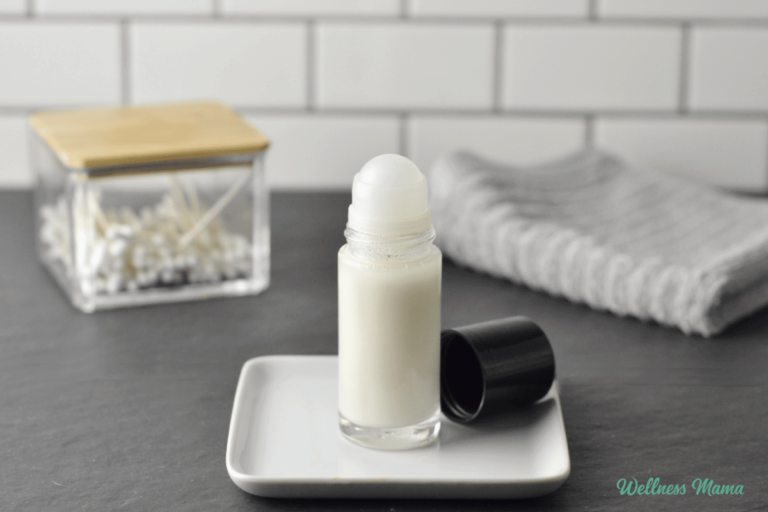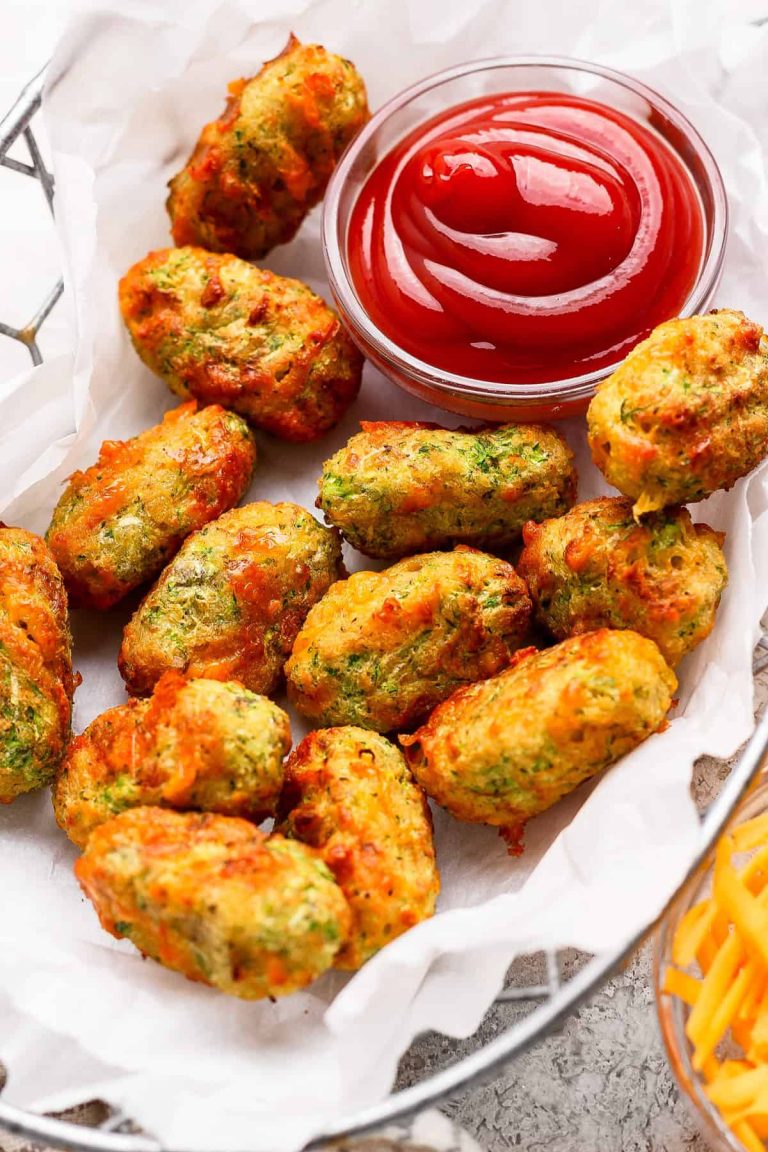In this study,1 researchers used waste plastics like soda bottles, candy boxes, and takeout containers to create nanoplastics in a lab setting. They then exposed these particles to heavy metals, including lead, cadmium, zinc, cobalt, and manganese, to see what would happen.
Similar Posts

Everything You Need to Know About Blush Tattoos, the Latest Trend in Permanent Makeup
Everyone’s non-negotiable makeup product is different: for some people, it’s never leaving home without their eyebrows…

Taking Vitamin D? This Unsuspecting Factor May Be Sabotaging It’s Absorption
When we discuss the gut, we’re primarily talking about the small intestine, where 90% of food…

DIY Roll On Deodorant With Magnesium
Over the years I’ve perfected a few natural deodorant recipes for long-lasting protection. I was intrigued…

Calum Yacoubian, Linguamatics – The Health Care Blog
Health Tech May 21, 2024 Calum Yacoubian is product director of Linguamatics, a company acquired in…

Why Human Connection Can’t Be Replaced in Counseling
In today’s digital world, virtual communication has become more common than ever. Online therapy offers convenience…

Air Fryer Zucchini Tots
These zucchini tots are cheesy, perfectly crispy, and incredibly easy to make in the air fryer….
